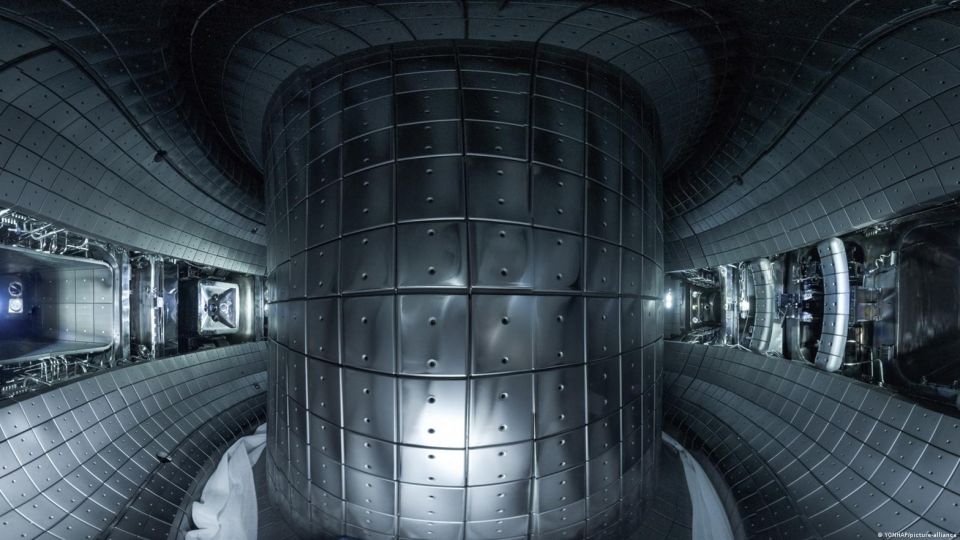South Korea’s KSTAR has shown it can keep plasma extremely hot with less instability and fewer impurities, two major hurdles to building a commercial nuclear fusion power plant.
A nuclear fusion reactor developed by researchers at the Seoul National University (SNU), in South Korea, has made headlines this week for officially maintaining temperatures above 100 million degrees Celsius for more than 20 seconds, which is a further step towards nuclear fusion energy, reports the scientific magazine New Scientist.
The Korea Superconducting Tokamak Advanced Research (KSTAR) device, which uses magnetic fields to generate and stabilize ultra-hot plasma, with the ultimate goal of making nuclear fusion power a reality, only stopped after 30 seconds due to hardware limitations. .
One of the KSTAR researchers, Yong-Su Na, told New Scientist that longer periods after device updates should be possible in the future.
Chinese EAST reactor record
The “artificial sun” is one of several around the world that are the culmination of decades of research into this technology. A similar facility in China was able to run at a slightly lower temperature for more than 17 minutes last year.
However, in 2021, the same Chinese facility, known as EAST (Experimental Advanced Superconducting Tokamak or HT-7U), broke several records, reaching 120 million degrees Celsius, hotter than KSTAR.
Why is the KSTAR trailer relevant?
The progress of KSTAR – a tokamak-type reactor, similar to EAST – is not necessarily a new record, as some media outlets claim. In fact, KSTAR already announced this breakthrough in 2020, when the 100 million degree threshold had not been exceeded for more than 10 seconds; the current novelty of the South Korean reactor is that the research has finally been peer-reviewed and has just been published in Nature.
“The technologies necessary for prolonged operation of plasma at 100 million degrees are the key to the realization of fusion energy,” said nuclear physicist Si-Woo Yoon, director of the KSTAR Research Center of the Fusion Energy Institute of China. Korea (KFE) in 2020.
Containment Approach
In this way, with the study already reviewed, the innovation of the advance comes from the containment approach. As reported by Science Alert, the key to the jump to 20 seconds was an improvement of the Internal Transport Barrier (ITB) modes within the KSTAR. These modes, the outlet continues, are not entirely known to scientists, but at the simplest level they help control the confinement and stability of nuclear fusion reactions.
The breakthrough could be used, for example, in ITER, the large-scale nuclear fusion reactor being built in France. The international collaboration hopes that ITER will demonstrate the operation of a commercial fusion power plant, paving the way for this energy revolution.
Non-radioactive energy promise
Nuclear fusion is a promising method of power generation, as massive amounts of energy are released when two low atomic weight nuclei combine. The most important advantage of nuclear fusion is that the final product of the process is not radioactive and therefore does not require the containment measures of nuclear fission technology.
Our Sun produces its energy with nuclear fusion, but humanity is still a few decades away from harnessing nuclear fusion. Like the Sun, we need high temperatures inside a fusion reactor for the process to work. The high temperatures transform the matter into plasma, which must be contained, since too rapid cooling can damage the reactor chambers.

